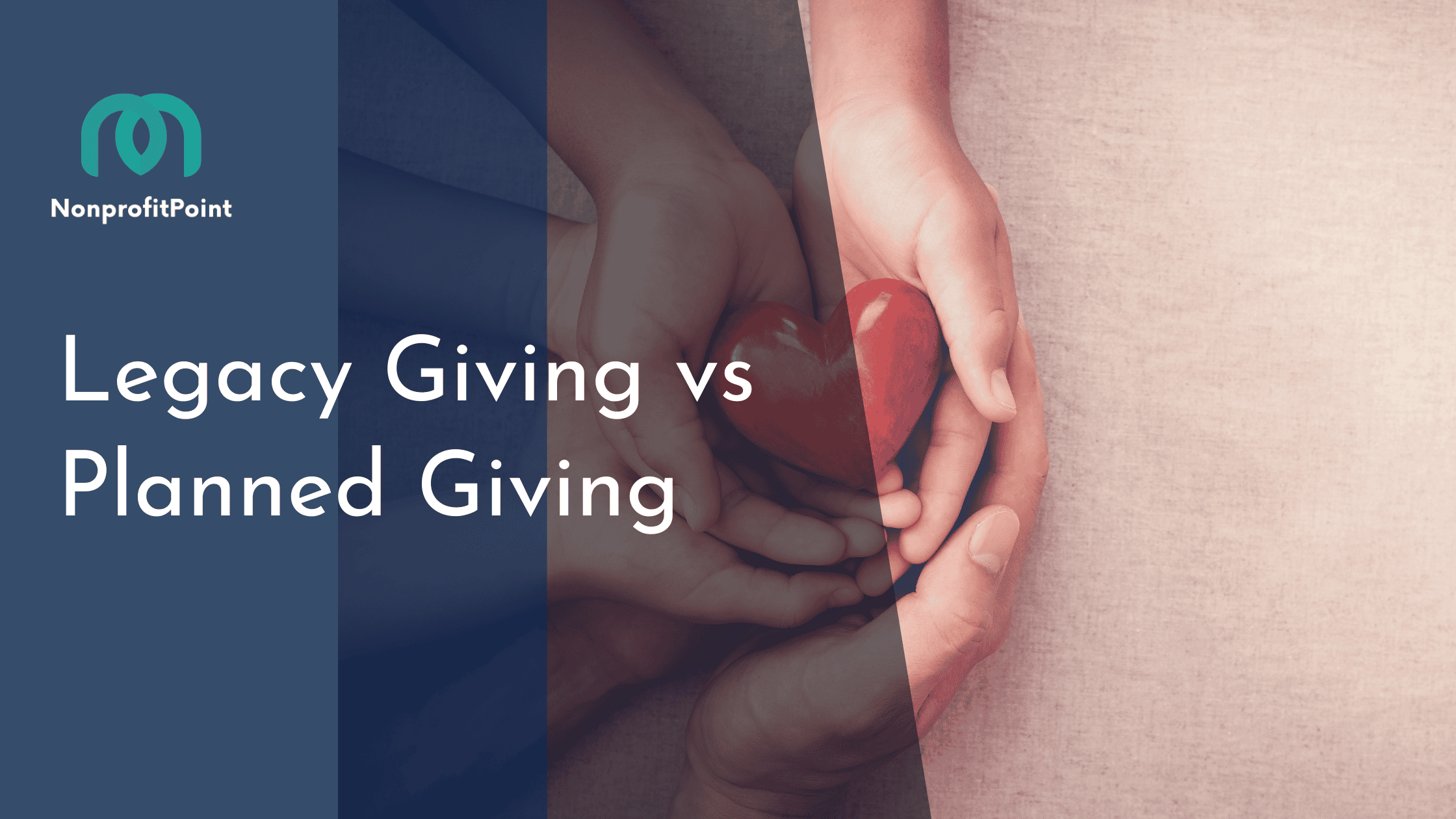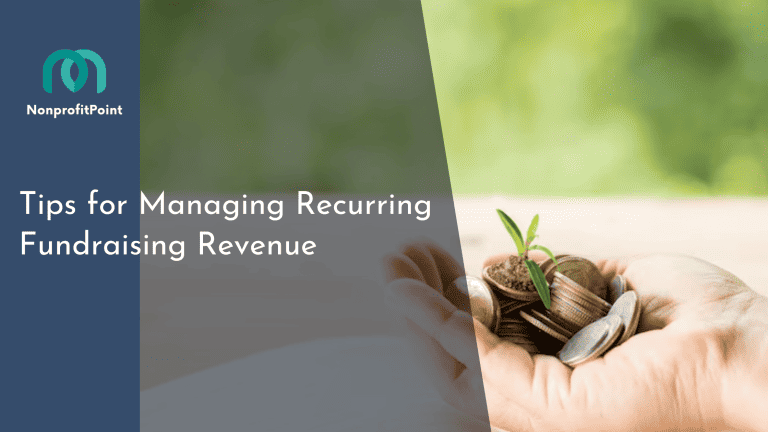Legacy Giving vs Planned Giving: Choosing the Right Charitable Strategy for You
As we navigate the complexities of our lives, we often find ourselves pondering the mark we want to leave on this world. What will our legacy be? Will it be a fleeting whisper in the winds of time, or a lasting impact that resonates for generations to come?
For many, the answer lies in the realm of philanthropy, where a thoughtful and intentional approach to giving can create a ripple effect of kindness that echoes far beyond our own lifetimes. Yet, as we consider the possibilities of legacy giving, we’re often faced with a crucial question: what’s the most effective way to make a lasting difference?
In the world of philanthropy, two approaches have emerged as beacons of hope: legacy giving and planned giving. While both share the common goal of creating a lasting impact, they differ significantly in their approach, strategy, and potential for long-term change.
As we explore the nuances of these two approaches, we’ll delve into the benefits, challenges, and considerations surrounding each. Whether you’re a seasoned philanthropist or just beginning your giving journey, this exploration will provide valuable insights to help you make informed decisions about your charitable endeavors. So, let’s embark on this journey together, and discover the transformative power of thoughtful giving.
Let’s learn about Legacy Giving vs Planned Giving:
Understanding Legacy Giving
Legacy giving often conjures images of grand philanthropic gestures etched into the annals of history, but at its core, it is about making a meaningful impact that endures beyond one’s lifetime. Essentially, legacy giving is a philanthropic practice where individuals allocate parts of their estate or financial resources to support nonprofit organizations or causes that are close to their hearts.
This type of giving is not only a reflection of the donor’s values and passions but also a strategic way to ensure that their influence on the world continues to thrive even after they are gone. The flexibility of legacy giving is one of its most appealing aspects; donors can choose the size and scope of their contributions, modify their plans as circumstances change, and even see the beginning impacts of their contributions during their lifetimes.
For example, educational scholarships set up as legacy gifts can transform lives for generations. Historical figures such as Andrew Carnegie, who used legacy giving to establish libraries and educational trusts, exemplify the transformative potential of this approach. This invitatory method of giving not only amplifies the personal fulfilment of the donor but also cements a foundation for ongoing societal betterment.
Understanding Planned Giving
While legacy giving allows a donor to imprint their values indefinitely, planned giving introduces meticulous, strategic frameworks that donors can employ to manage their charitable endeavors. Planned giving refers to a variety of methods in which an individual can decide to donate during their lifetime or as part of an estate plan, often associated with tax planning and financial management.
These methods include trusts, annuities, and bequests, each tailored to meet specific financial situations and philanthropic goals.
For example, through a charitable remainder trust, a donor can receive a stream of income for life and then designate the remainder of the asset to a charitable organization. This model benefits both the donor and the charity, making it a popular choice for planned giving.
The tactical nature of planned giving allows donors to achieve a balance between making a philanthropic impact and receiving financial or tax advantages. The precision and control afforded by planned giving make it especially appealing for individuals who wish to see the immediate effects of their contributions while also ensuring long-term support for their chosen causes.
For instance, leveraging a planned gift like a bequest, which activates after a donor’s passing, families often ensure enduring support to institutions such as museums or research facilities without impacting their finances during their lifetime. Planned giving provides a pathway that honors the donor’s commitment to philanthropy, aligns with their financial planning, and creates sustained support for future generations.
Key Differences Between Legacy Giving and Planned Giving
The primary distinction between legacy giving and planned giving lies in their strategic foundation and implementation. Legacy giving is largely defined by its intent to leave a long-lasting impact through gifts that come into effect after the donor’s lifetime. It is characterized by a form of simplicity and broad, long-term goals, aimed at establishing a lasting legacy that aligns with the donor’s values and vision for the future. Legacy gifts often involve real estate, stocks, or even entire estates, and the process is predominantly defined by the desire to create enduring change rather than receiving immediate fiscal benefits.
On the other hand, planned giving is more immediate and complex in its approach, involving various financial instruments and strategies to benefit both the donor and the recipient concurrently. This form of giving is meticulously intertwined with an individual’s financial planning and tax implications.
It enables donors to see the effects of their contributions during their lifetimes, offering not only emotional gratification but also practical financial benefits.
For instance, certain types of planned gifts, like charitable lead trusts, allow donors to transfer assets to a charity for a set period, after which the remaining assets revert back to the donor or their heirs. This strategic capability to balance charitable contributions with estate and tax planning makes planned giving a versatile and practical choice for many donors.
Choosing the Right Approach for Your Philanthropic Goals
Deciding between legacy giving and planned giving—or finding a combination of both—requires a thoughtful assessment of one’s philanthropic objectives, financial situation, and personal values. For many individuals, beginning this process involves identifying the causes they are passionate about and the impact they hope to achieve. For example, someone interested in supporting educational advancement might consider establishing a scholarship fund through legacy giving, ensuring long-term support for students.
Conversely, an individual who seeks immediate involvement and financial benefits might opt for a planned giving option such as a charitable gift annuity, where they can receive a steady income return during their lifetime.
Once the philanthropic goals are clearly defined, aligning these goals with one’s financial strategies becomes paramount. This entails working closely with financial advisors, attorneys, and sometimes tax professionals to craft a plan that maximizes benefits for both the donor and the recipient.
Factors such as tax implications, estate size, current income needs, and future family obligations play crucial roles in this decision-making process. This is where the precision of planned giving can be particularly beneficial, offering structured options that can be tailored to fit complex financial landscapes and immediate needs.
Through engaging with this step-by-step process, individuals can ensure that their philanthropic actions resonate with their long-term vision and immediate financial circumstances.
Overcoming Challenges and Common Objections
Embarking on the journey of philanthropic giving, whether through legacy or planned giving, is not without its hurdles and hesitations. One of the foremost challenges donors face is the concern about the adequacy of their estate to support both their heirs and their charitable ambitions.
This fear often deters individuals from committing to substantial philanthropic efforts. Furthermore, the complexity of planned giving options can be daunting, with intricate tax implications and legal requirements that might overwhelm prospective donors.
To navigate these challenges, it is crucial for potential donors to seek guidance from experienced professionals in estate planning, tax law, and philanthropic advising. These experts can provide clarity, demystify the process, and tailor strategies that fulfill both personal and philanthropic goals without compromising financial security or familial obligations. Additionally, education and awareness play a significant role.
By understanding the flexible nature of many planned giving options, donors can learn how to adjust their philanthropic plans as their financial situation or family dynamics change over time.
Addressing common objections also involves dispelling myths about philanthropy, such as the misconception that only the wealthy can afford to make lasting charitable impacts. In reality, strategic planned giving allows individuals of varied economic backgrounds to create a philanthropic legacy that continues to benefit causes they care about, even with modest donations arranged thoughtfully over time.
Case Studies and Examples of Successful Implementation
To illustrate the practical application and impact of both legacy and planned giving, exploring case studies of individuals and organizations who have successfully navigated the philanthropic landscape can be incredibly enlightening.
For instance, consider the story of a middle-class teacher who, passionate about education, utilized planned giving to establish a scholarship fund that provides annual awards to students pursuing careers in education. This teacher utilized a charitable gift annuity, enabling her to contribute to the fund throughout her lifetime while also receiving a stable income.
Another compelling example could be a businessman whose legacy giving was actualized through the creation of a park in his hometown. By dedicating a portion of his estate to this project, he ensured ongoing community enjoyment and environmental conservation long after his passing.
His approach exemplifies how legacy giving not only serves the causes close to a donor’s heart but also cements a lasting legacy that aligns with personal values and community needs.
These case studies serve multiple purposes: they provide tangible examples of how planned and legacy giving are implemented, they showcase the diverse ways in which different types of giving can be tailored to meet specific philanthropic visions and personal circumstances, and they inspire readers by showing the real-world impact these giving strategies have on communities and causes.
Conclusion
As we come to the end of our exploration of legacy and planned giving, it’s clear that both strategies offer unique benefits and can be adapted to suit different goals, financial situations, and personal values. Whether it’s through creating a perpetuating fund in your name, supporting a cause you’re passionate about through trusts, or setting up scholarships that bear your legacy, the possibilities in philanthropy are as vast as they are impactful.
As readers consider embarking on or continuing their philanthropic journey, it’s important to remember that legacy and planned giving are not just about the assets we leave behind but about the values we champion and the future we envision. With the right guidance, a clear understanding of one’s goals, and a strategic approach to giving, anyone can make a significant impact that echoes beyond their lifetime.






